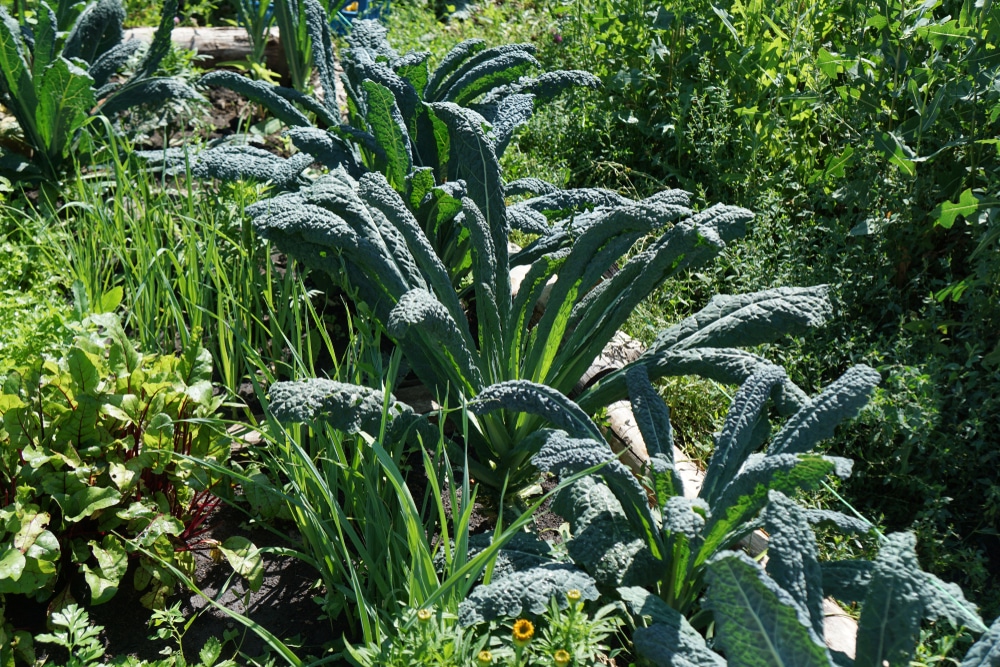
Cooking enthusiasts enjoy making different types of dishes every day. There are tons of recipes that they can work with, but it is always better that you go with healthier options. When it comes to this, kale is among some of the most used vegetables to make numerous types of dishes. Though, their taste can vary depending on where you decide to purchase the plant from. When buying kale from stores, the vegetable can be mushy while its taste can be awful in some cases.
On the other hand, if you decide to grow kale in your gardens then its taste can be kept under control at all times. This is a great way of ensuring that the vegetable stays healthy, it tastes better, and you can keep on harvesting it several times throughout its season. While this is amazing, a common query that people ask is regarding overwintering kale. If you are also wondering the same thing then going through this article should help you in getting all the relevant information required.
Overwintering Kale
When growing vegetables, keeping the temperatures in your area in mind is an important factor that you need to consider. This is because these play a huge role in how these will taste and how long the plant will last you. Talking about this, most people already know that kale grows best when placed in a location where it can get constant hours of sunlight every day. Now that you understand this, the next thing that you need to be aware of is that the vegetable can start dying when placed under frost.
This is why tons of people ask how they can keep their plants alive throughout winters. When it comes to this, certain things can be tried. Kale usually grows better if you plant it before springtime as the slight frost coming in contact with the plant can help in making the leaves sweeter. Although, if the frost is too much then your plant will die out instead. This is why you should always ensure that the kale leaves are planted in the best timeframe possible.
Getting to how the vegetable can be kept safe during winters. This mostly depends on how cold your region gets during this season. The leaves are generally able to survive the cold weather as they are tolerant to it. However, if the temperatures drop too low then the kale plants will start getting weaker and eventually die out. The best way to prevent this is by changing the location of your plants. This can be done by moving the kale into pots and then keeping it indoors. But if your harvest contains lots of plants then you can purchase burlaps and cover the leaves using them.
These are made from wood and help in keeping the vegetables under them warm throughout the season. Keep in mind that the product comes in different qualities which is why it is important that you carefully go through the options when purchasing them. This helps in getting a product that ensures that your vegetable is kept safe throughout the season so you can get new leaves once spring is back.
While this is entirely possible, keep in mind that the temperature stills play a huge role in if the vegetable will survive or not. In some regions, the weather can get so cold that no number of covers can keep the plants protected. If this happens then the only choice that you have is to plant new kale seedlings once the frost is over.
Some users often ask if they should water their kale leaves while these are covered under burlaps. When it comes to this, people should understand that the snow over your plants already has moisture inside. This slowly melts and keeps the leaves wet which can result in them staying healthy. The liquid should be more than enough to keep the plant surviving throughout the season.
Once the frost starts getting less, people should cut their kale and add fertilizers around its soil. This helps in ensuring that your harvest tastes a lot better, and the leaves are softer than usual. Most users should easily be able to understand how they can keep their kale plants safe during winters by going through the information provided above.
